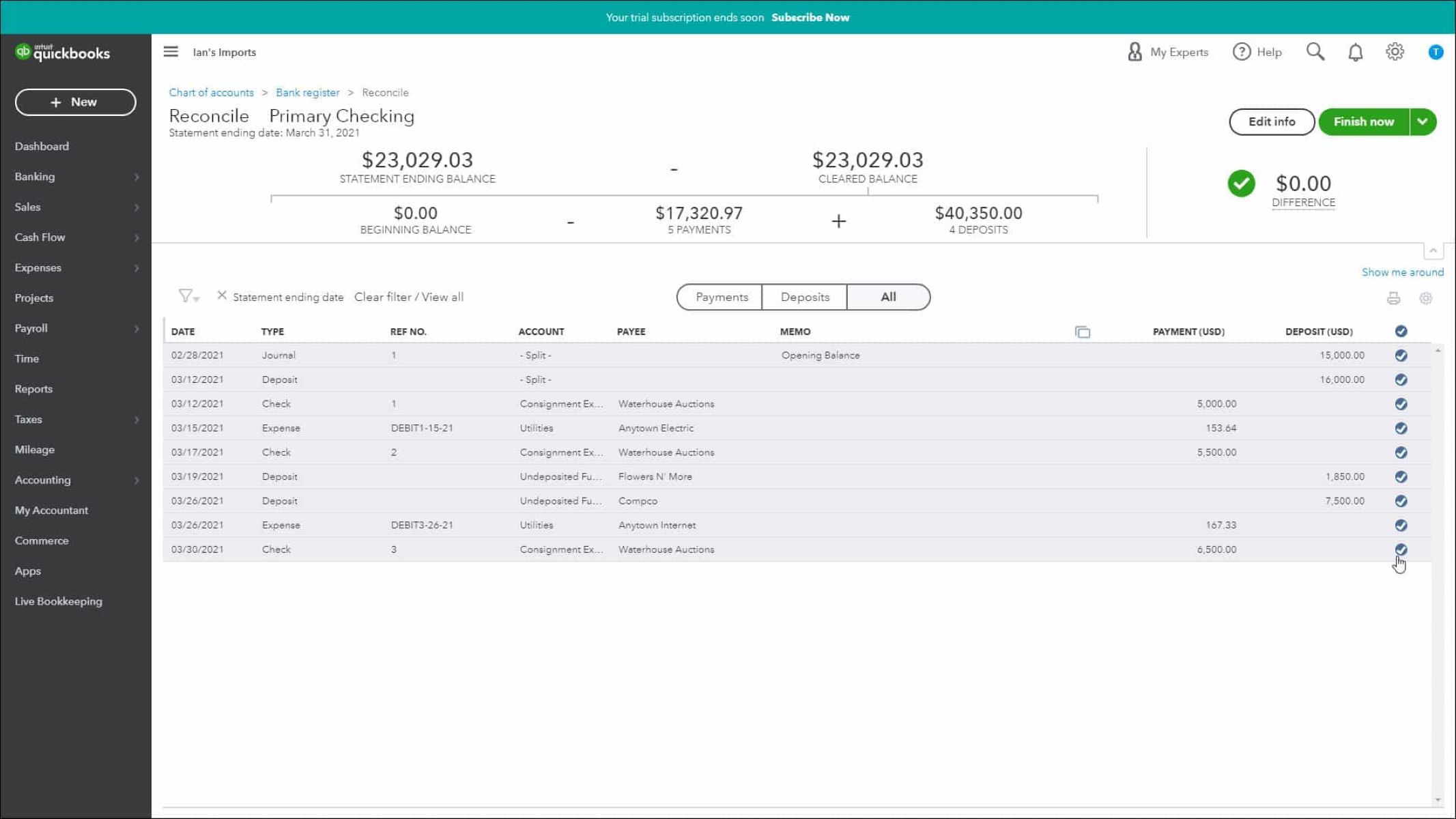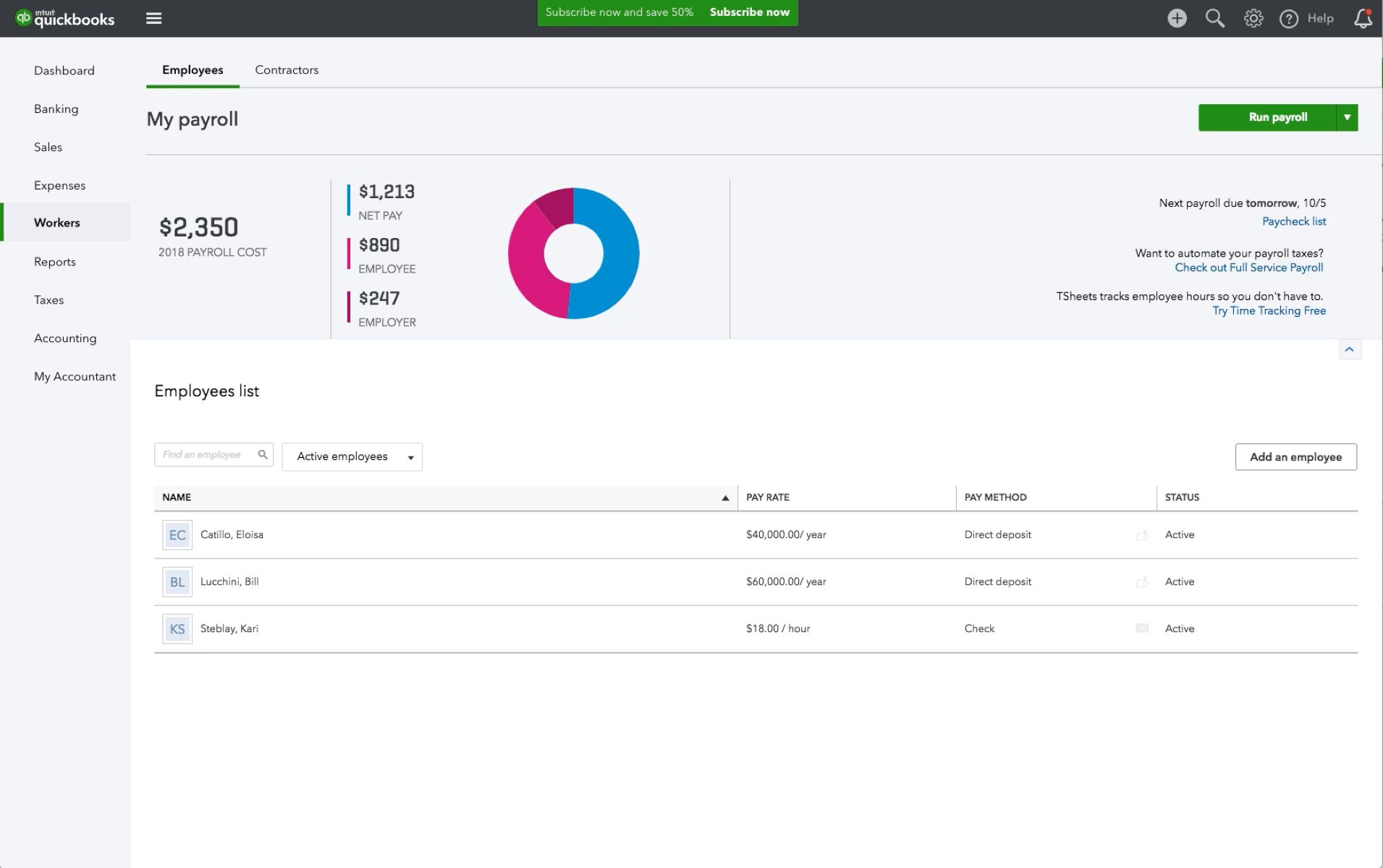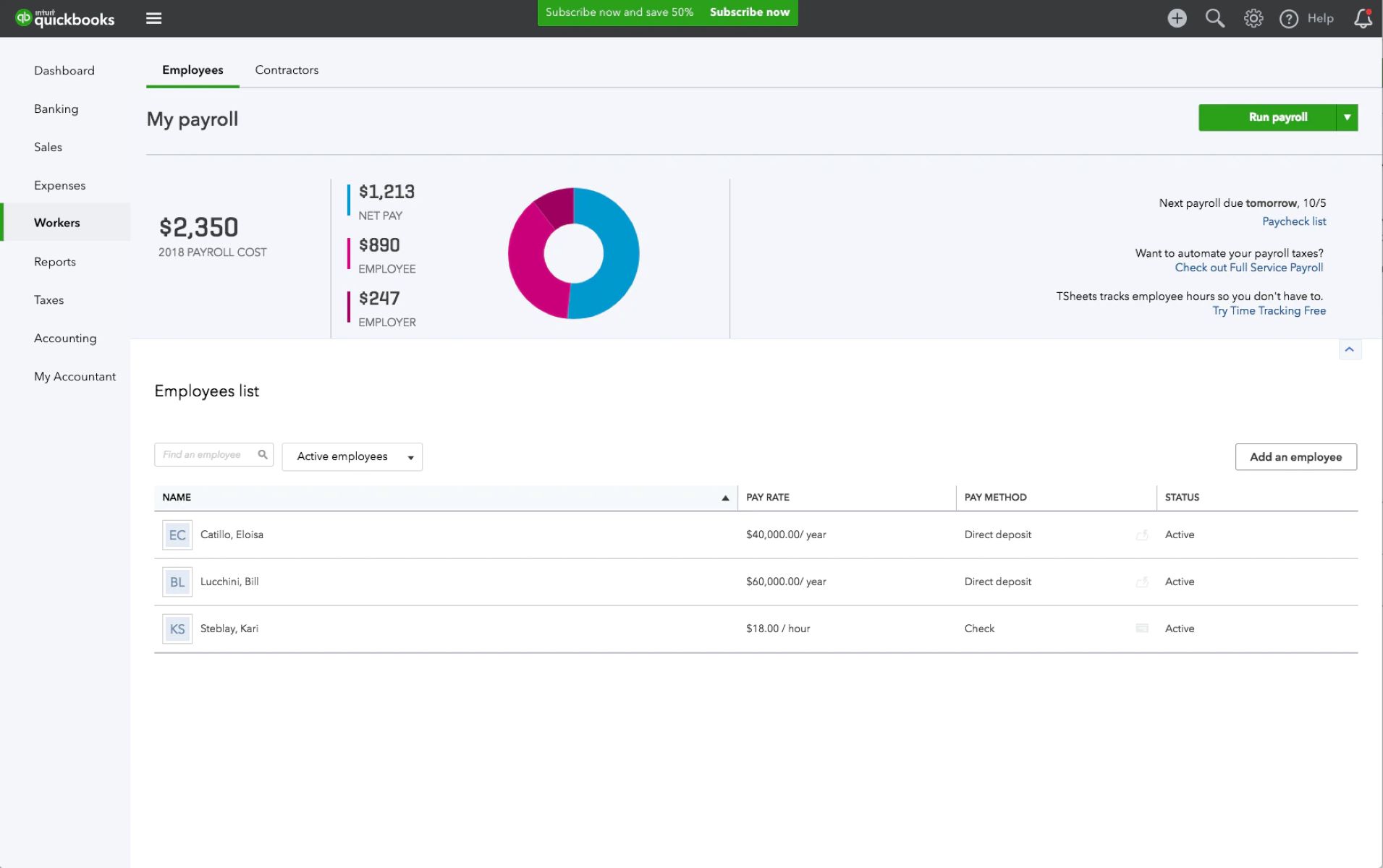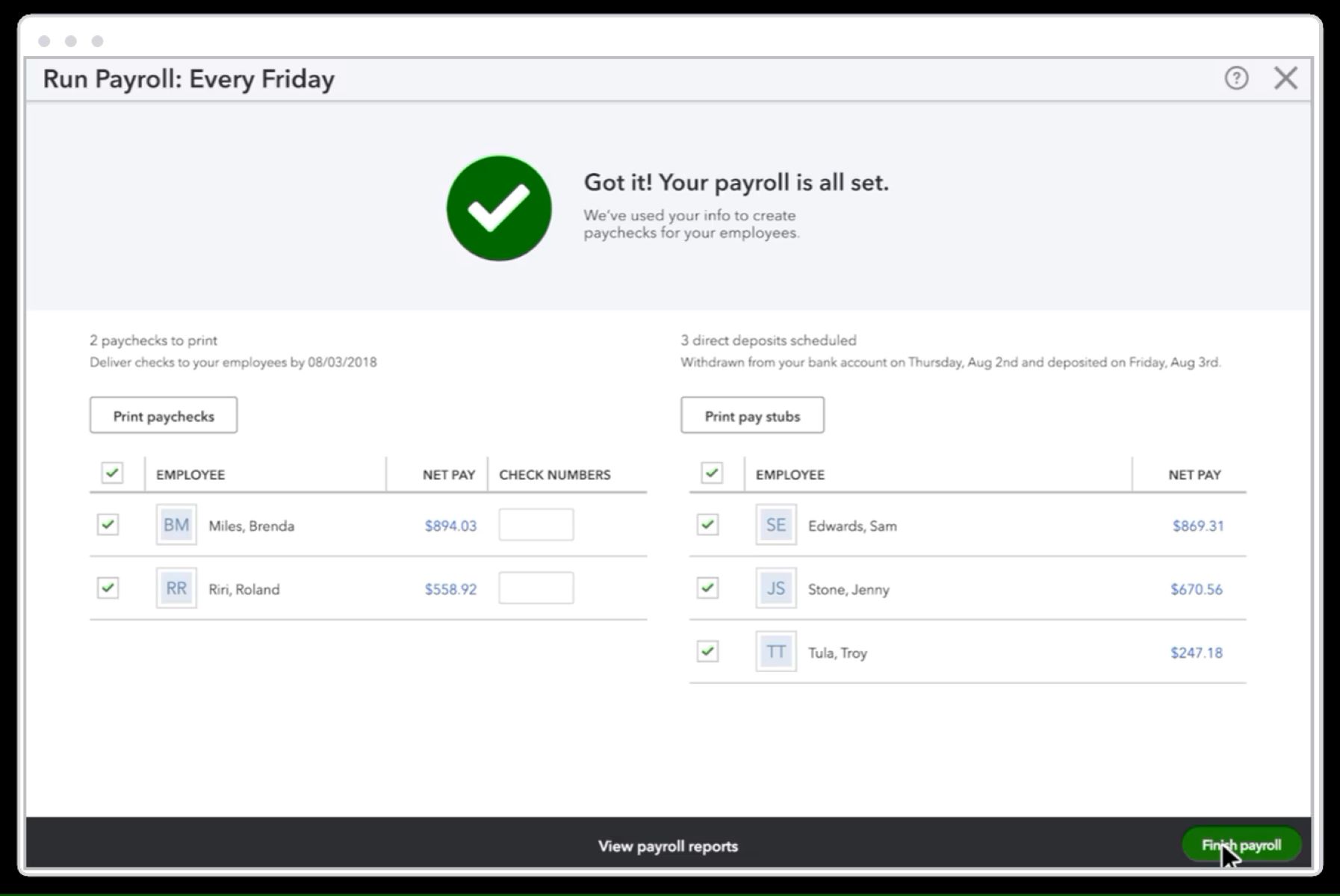Overview of Retained Earnings
Retained earnings are an essential financial metric that reflects the accumulated profits and losses of a company over time. In QuickBooks, retained earnings are recorded as a separate account on the balance sheet, providing insights into the overall financial health and performance of the business. This account carries the cumulative net income earned by the company, minus any dividends or withdrawals paid out to shareholders.
Retained earnings play a crucial role in helping businesses track their profitability and stability. It represents the portion of earnings that have been reinvested into the company rather than distributed to shareholders. This retained capital can then be used for future growth initiatives, such as expanding operations, purchasing assets, or funding new projects.
When looking at a company’s financial statement, the retained earnings balance is usually displayed as the ending balance from the previous period. It is then adjusted based on net income or loss for the current period and any dividends or distributions made during that time.
Retained earnings can be influenced by several factors, including revenue growth, expenses, tax liabilities, and dividend payments. Companies with consistent profitability tend to have higher retained earnings, indicating their ability to retain and reinvest profits for future growth. On the other hand, companies with negative earnings or net losses will see a decrease in their retained earnings balance, consuming the accumulated profits from previous periods.
In summary, retained earnings provide a snapshot of a company’s financial performance and its ability to generate profits. They showcase the portion of earnings that are reinvested back into the business, highlighting the company’s long-term sustainability and growth potential.
Understanding Retained Earnings in QuickBooks
In QuickBooks, retained earnings are tracked through the use of a dedicated account on the balance sheet. This account is automatically created when you set up your company file and is typically labeled “Retained Earnings.” It serves as a repository for all accumulated profits and losses from previous accounting periods.
Retained earnings in QuickBooks are impacted by various financial transactions. When you record sales, expenses, and other financial activities, these entries are ultimately reflected in the net income or loss for the period. This net income or loss is then transferred to the retained earnings account, which adjusts the balance accordingly.
It’s important to note that retained earnings are not directly affected by day-to-day business operations. Instead, they capture the financial outcomes (profits or losses) that have accumulated over time. As a result, changes to the retained earnings balance typically occur at the end of an accounting period when financial statements are generated.
Retained earnings are also influenced by dividend payments or shareholder withdrawals. When dividends are declared and paid out to shareholders, they reduce the retained earnings balance. On the other hand, if the company has accumulated losses or has insufficient retained earnings, dividend payments may not be possible.
Understanding and accurately tracking retained earnings in QuickBooks is crucial for financial analysis and decision-making. By regularly reviewing the retained earnings account, business owners and stakeholders can assess the company’s profitability, identify trends, and make informed financial decisions.
QuickBooks makes it easy to monitor and analyze retained earnings through its financial reporting capabilities. By running reports such as the Balance Sheet, Income Statement, and Statement of Retained Earnings, you can gain valuable insights into the financial health of your business and track the growth or decline of retained earnings over time.
In summary, retained earnings in QuickBooks represent the cumulative profits or losses a company has retained over time. They provide a comprehensive view of the financial performance and stability of a business, making them a crucial metric for effective financial management.
How to Navigate to the Retained Earnings Account in QuickBooks
Navigating to the retained earnings account in QuickBooks is a simple process that allows you to access and review the accumulated profits and losses of your company. Here’s a step-by-step guide on how to find the retained earnings account:
- Login to your QuickBooks account and open your company file.
- From the main menu, click on “Reports” and select “Company & Financial.”
- Choose the “Profit and Loss Detail” report. This report provides a detailed breakdown of your company’s income and expenses.
- Scroll down or use the search function to locate the “Retained Earnings” account.
- Click on the amount under the “Retained Earnings” column. This will take you to the general ledger entry for the retained earnings account.
Once you are in the retained earnings account, you can view the transactions that have contributed to the balance over time. This includes net income or loss, dividend payments, and any adjustments made to the retained earnings account.
Keep in mind that the steps outlined above may vary slightly depending on the version of QuickBooks you are using. However, the overall process remains relatively consistent across versions.
By regularly navigating to the retained earnings account, you can stay informed about the financial performance of your business. It allows you to monitor the growth or decline of retained earnings and make informed decisions based on the available financial data.
In addition, QuickBooks provides a variety of reports and statements that can help you analyze and interpret your retained earnings further. By running reports such as the Balance Sheet and Statement of Retained Earnings, you can gain a comprehensive understanding of the financial health and stability of your company.
In summary, locating the retained earnings account in QuickBooks is a straightforward process. It enables you to access and review the accumulated profits and losses of your business, providing valuable insights into its financial performance.
Why Retained Earnings is Important for Your Business
Retained earnings play a crucial role in the financial health and long-term sustainability of your business. Understanding the importance of retained earnings can help you make informed decisions, plan for future growth, and demonstrate your company’s financial stability to stakeholders. Here are some key reasons why retained earnings are important:
- Reinvestment and Growth: Retained earnings represent the portion of your company’s profits that have been reinvested back into the business. These funds can be used to finance expansion projects, purchase new equipment or assets, or fuel research and development efforts. By accumulating and retaining earnings, your business has the flexibility to invest in its own growth and adapt to market changes.
- Financial Stability: A healthy level of retained earnings indicates financial stability. It shows that your business has been consistently generating profits and retaining a portion of those earnings. This demonstrates to lenders, investors, and other stakeholders that your company has a solid foundation and is better equipped to weather economic downturns or unexpected expenses.
- Better Access to Financing: A strong retained earnings balance can improve your ability to secure financing from lenders. Banks and financial institutions view businesses with higher retained earnings as less risky. This can lead to favorable interest rates, loan terms, and increased access to capital in times of need.
- Dividend Payments: Retained earnings also affect your ability to pay dividends to shareholders. By accumulating sufficient retained earnings, you can distribute profits to owners or shareholders in the form of dividends. This can boost investor confidence and attract new investors to your business.
- Proper Capitalization: Retained earnings help maintain the appropriate capital structure for your business. By reinvesting profits, you reduce the need for external financing and diluting ownership through issuing additional shares. This allows you to maintain control over your business and make strategic decisions without relying heavily on external funding.
Ultimately, retained earnings represent the financial success and growth potential of your business. By accumulating and properly managing these earnings, you can position your company for long-term success, enhance its financial stability, and create opportunities for future expansion.
How to Calculate Retained Earnings in QuickBooks
Calculating retained earnings in QuickBooks is a straightforward process that involves a few simple steps. Here’s how you can calculate retained earnings using QuickBooks:
- Open your QuickBooks company file and navigate to the Reports menu.
- Select “Company & Financial” and choose the “Balance Sheet” report.
- Set the report date range to encompass the desired period of time for which you want to calculate retained earnings.
- Find the equity section of the balance sheet, which typically includes the retained earnings account.
- Take note of the beginning retained earnings balance for the selected period. This can be found in the previous balance sheet report or financial statement.
- Identify any net income or loss entries recorded in the income statement for the specified period.
- Add the net income (or subtract the net loss) of the period to the beginning retained earnings balance. This will give you the updated retained earnings balance.
Alternatively, QuickBooks automatically calculates retained earnings for you as part of the accounting process. It tracks net income or loss, dividend payments, and any adjustments made to the retained earnings account to maintain an accurate balance.
It’s important to remember that retained earnings are cumulative. The ending balance for one period becomes the beginning balance for the next, and so on. By continuously tracking and updating retained earnings, QuickBooks ensures that the account accurately reflects the net income or loss of each accounting period.
Reviewing the retained earnings balance regularly in QuickBooks allows you to understand the financial performance of your business over time. It helps you monitor the accumulation of earnings, assess profitability, and make informed decisions about reinvesting profits or distributing dividends.
In summary, calculating retained earnings in QuickBooks involves running a balance sheet report, identifying the beginning retained earnings balance, accounting for net income or loss, and updating the retained earnings balance accordingly. By using QuickBooks’ built-in features, you can easily calculate and keep track of retained earnings for your business.
How to Adjust Retained Earnings in QuickBooks
Adjusting retained earnings in QuickBooks allows you to correct any errors or make necessary changes to the account. It ensures that the retained earnings balance accurately reflects the financial position and performance of your business. Here’s a step-by-step guide on how to adjust retained earnings in QuickBooks:
- Access your QuickBooks company file and open the Chart of Accounts. You can find this by going to the Lists menu and selecting Chart of Accounts.
- Locate the retained earnings account in the chart of accounts. It is typically labeled “Retained Earnings.”
- Double-click on the retained earnings account to open the account register.
- Review the transactions listed in the account register. Identify any entries that need adjustment, such as incorrect net income or loss amounts or dividends that were not properly recorded.
- Select the transaction that requires adjustment and click on the “Edit” button.
- Make the necessary changes to the transaction details. Ensure that you adjust the associated amounts accurately to reflect the correct values.
- Click “Save” to save the changes you made to the transaction.
- Continue adjusting any other transactions in the retained earnings account register that require correction.
- After making all necessary adjustments, review the retained earnings balance to ensure it reflects the updated and accurate amount.
Adjusting retained earnings in QuickBooks is crucial for maintaining accurate financial records. It allows you to rectify any errors or omissions that may impact the overall financial health and reporting of your business.
Keep in mind that adjusting retained earnings should be done carefully and in accordance with proper accounting practices. It is advisable to consult with a professional accountant or bookkeeper if you are unsure about any adjustments you need to make.
Regularly reviewing and adjusting retained earnings in QuickBooks ensures that your financial statements provide an accurate picture of your business’s profitability and financial position. By keeping the retained earnings account up to date, you can make more informed business decisions and have a clear understanding of your company’s financial performance.
Examples of Retained Earnings Entries in QuickBooks
Retained earnings entries in QuickBooks can vary depending on the financial activities of your business. Here are some examples of common retained earnings entries that you may encounter:
- Net Income or Loss: At the end of each accounting period, QuickBooks automatically records the net income or loss in the retained earnings account. If your business generates a profit, the net income will increase the retained earnings balance. Conversely, if your business incurs a loss, the net loss will decrease the retained earnings balance.
- Dividend Payments: If your business distributes profits to shareholders in the form of dividends, QuickBooks records this as a decrease in the retained earnings balance. Dividend payments reduce the accumulated profits available in the retained earnings account and distribute them to the owners or shareholders.
- Adjustments and Corrections: In some cases, adjustments or corrections may need to be made to the retained earnings account. For example, if there was an error in recording net income or loss, an adjustment entry may be required to rectify the mistake. These adjustments help ensure that the retained earnings balance accurately represents the financial performance of your business.
- Opening Balances: When you initially set up your QuickBooks company file, you may need to enter the opening balances for various accounts, including retained earnings. This entry establishes the starting point for retained earnings and reflects the accumulated profits or losses from previous accounting periods.
It’s important to note that retained earnings entries are typically made at the end of an accounting period when financial statements are generated. The entries are automatically recorded in QuickBooks based on the financial transactions and activities entered throughout the period.
By reviewing and understanding these examples of retained earnings entries, you can ensure accurate financial reporting and gain insights into the profitability and financial health of your business.
Remember, if you have any uncertainties or complexities regarding retained earnings entries, consulting with a professional accountant or bookkeeper can provide valuable guidance and ensure proper accounting practices.
Tips for Managing Retained Earnings in QuickBooks
Effectively managing retained earnings in QuickBooks is crucial for maintaining accurate financial records and making informed business decisions. Here are some tips to help you effectively manage retained earnings in QuickBooks:
- Regularly Review Financial Statements: Take the time to regularly review your financial statements, including the balance sheet and statement of retained earnings. This will allow you to monitor the growth or decline of retained earnings and identify any inconsistencies or errors that may require adjustment.
- Accurately Record Net Income or Loss: Ensure that you accurately record net income or loss for each accounting period. This is essential for maintaining the accuracy of your retained earnings balance. Double-check that all income and expense transactions are properly categorized and reflected in your financial statements.
- Track Dividend Payments: If your business pays dividends to shareholders, accurately track and record these payments. Dividends reduce the retained earnings balance, so it’s important to ensure that these transactions are correctly recorded to reflect the distribution of profits to shareholders.
- Seek Professional Guidance: If you’re unsure about managing retained earnings or encounter complex accounting situations, don’t hesitate to seek guidance from a professional accountant or bookkeeper. They can provide expertise and help ensure that you manage your retained earnings in compliance with accounting principles and best practices.
- Monitor Financial Performance: Use QuickBooks‘ reporting features to monitor your business’s financial performance on a regular basis. Analyzing trends and comparing financial data from different periods will provide insights into the factors impacting your retained earnings. This will help you make informed decisions to manage and allocate your profits effectively.
- Understand Tax Implications: Be aware of the tax implications associated with retained earnings. Consult with a tax professional to understand how retained earnings impact your tax obligations. They can provide guidance on tax planning strategies and help ensure compliance with tax regulations related to retained earnings.
By implementing these tips, you can better manage your retained earnings in QuickBooks, leading to more accurate financial reporting and improved decision-making for your business.
Remember, managing retained earnings requires attention to detail and a good understanding of accounting principles. Regular monitoring, accurate recording, and professional guidance will help you maintain the financial health and stability of your business.
Using Reports to Analyze Retained Earnings in QuickBooks
QuickBooks provides a range of reporting features that allow you to analyze and gain insights into your retained earnings. By leveraging these reports, you can assess the financial performance, profitability, and trends of your business. Here’s how you can use reports to analyze retained earnings in QuickBooks:
- Balance Sheet: The Balance Sheet report provides a snapshot of your company’s financial position, including the retained earnings balance. Review the ending balance of the retained earnings account to understand the cumulative profits or losses over time.
- Statement of Retained Earnings: The Statement of Retained Earnings report specifically focuses on the changes in retained earnings over a selected period. It displays the beginning balance, net income or loss, dividends, and the ending balance of retained earnings. This report helps you track the factors influencing the growth or decline of retained earnings.
- Profit and Loss Statement: The Profit and Loss Statement, also known as the income statement, shows the revenues, expenses, and net income or loss for a specific period. Analyze the net income or loss to understand how it impacts the retained earnings balance. Identify trends, such as increasing or decreasing profitability, that may require adjustments in business strategies.
- Cash Flow Statement: The Cash Flow Statement provides insights into the cash inflows and outflows of your business. Analyzing the operating activities section can help you understand how cash flows impact the retained earnings and overall financial health of your business.
- Custom Reports: QuickBooks allows you to create customized reports to analyze specific aspects of your business’s financials. You can create reports that focus on sales, expenses, or other key performance indicators, providing a comprehensive view of your business’s profitability and its impact on retained earnings.
When analyzing these reports, pay attention to the trends and patterns identified. Look for significant changes in net income or loss, dividends, or other factors affecting retained earnings. Compare data from different periods to identify growth opportunities or areas that require improvement.
By using reports in QuickBooks, you can gain a better understanding of your business’s financial performance and make informed decisions to manage and allocate your retained earnings effectively.
Remember to regularly review these reports and monitor changes in retained earnings. Analyzing the data will help you track your business’s financial health, identify opportunities for growth, and make strategic decisions to optimize your retained earnings.
Common Mistakes to Avoid with Retained Earnings in QuickBooks
Properly managing retained earnings in QuickBooks is essential for accurate financial reporting and decision-making. However, there are some common mistakes that businesses should avoid to ensure the integrity of their retained earnings. Here are some mistakes to watch out for:
- Incorrectly Recording Net Income or Loss: Failing to accurately record net income or loss can lead to inaccurate retained earnings. Ensure that all income and expense transactions are properly classified and recorded to reflect the correct net income or loss for each accounting period.
- Not Tracking Dividends: If your business pays dividends to shareholders, it’s important to accurately track and record these payments. Failure to do so can result in an inaccurate retained earnings balance, as dividends reduce accumulated profits.
- Forgetting Opening Balances: When setting up your QuickBooks company file, remember to enter the correct opening balances for accounts, including retained earnings. This ensures that your retained earnings balance accurately reflects the accumulated profits or losses from previous accounting periods.
- Not Adjusting for Errors: Mistakes can happen. It’s important to identify and correct any errors or omissions in the retained earnings account. Regularly review the account and make adjustments when necessary to maintain accuracy.
- Not Consulting with Professionals: Retained earnings and financial management can be complex. If you’re unsure about managing retained earnings or encounter complex accounting situations, seek guidance from a professional accountant or bookkeeper. They can provide expertise and help ensure proper accounting practices.
- Not Monitoring Financial Statements: Failing to regularly review financial statements, such as the balance sheet and statement of retained earnings, can lead to missed errors or misinterpretations of your business’s financial health. Stay vigilant and review your financial statements frequently to spot any discrepancies or irregularities.
By avoiding these common mistakes, you can maintain accurate retained earnings in QuickBooks and ensure the financial health and stability of your business. It’s important to stay organized, adhere to proper accounting practices, and seek professional guidance when needed.
Remember, accurate and up-to-date retained earnings information is vital for informed decision-making and assessing the performance and profitability of your business.
Conclusion
Retained earnings play a significant role in managing the financial health and growth of your business. In QuickBooks, tracking and analyzing retained earnings provide valuable insights into your company’s profitability, stability, and long-term sustainability.
By understanding how to navigate to the retained earnings account, calculate and adjust the balances, and use reports effectively, you can gain a comprehensive view of your business’s financial performance. Regularly reviewing financial statements and avoiding common mistakes will ensure the accuracy and integrity of your retained earnings in QuickBooks.
Properly managing retained earnings allows you to make informed decisions about reinvesting profits, distributing dividends, and planning for future growth. By monitoring your retained earnings, you can assess the financial health, stability, and profitability of your business and make strategic decisions to optimize its performance.
Remember, if you encounter any complexities or uncertainties related to retained earnings, it is always advisable to consult with a professional accountant or bookkeeper. Their expertise will help ensure that you adhere to proper accounting practices and maximize the value of your retained earnings in QuickBooks.
In conclusionn, by diligently managing retained earnings in QuickBooks, you can have greater control over your business’s financial well-being and position it for long-term success.

























